Roman holiday: Giuseppe Penone branches out at Fendi HQ
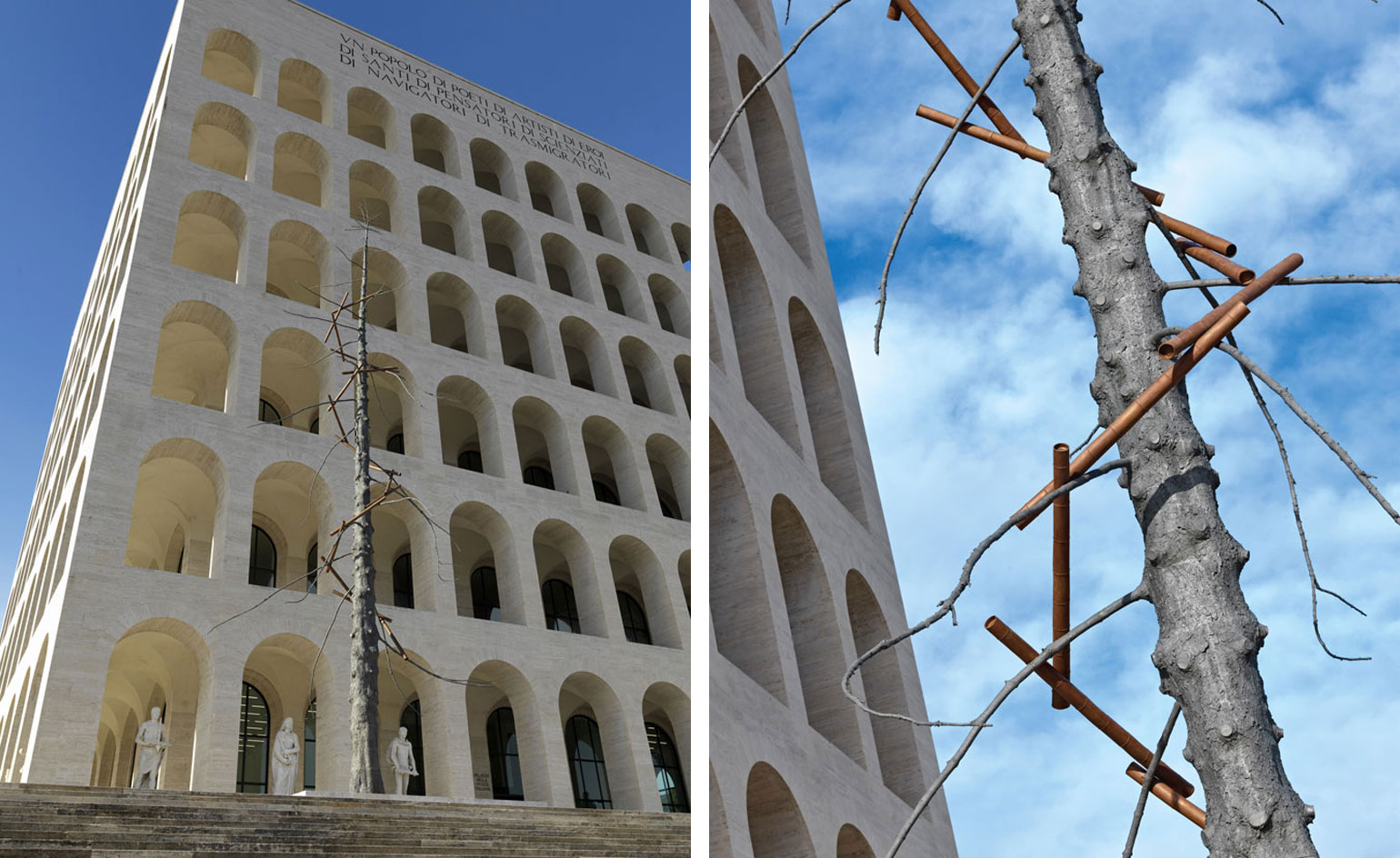
Giuseppe Penone is one of contemporary Italian art’s most respected practitioners. A radical sculptor and Arte Povera progenitor, his multi-material works – often gargantuan, harnessing wood, wax, metals, marble and leather – are dense with ecological and conversational subtext, exploring the textural interstices between man and the natural world. Though he began working in the late 1960s he remains prolific to this day, and an aesthetic lineage can be easily traced from his contemporary practice right back to his first pieces, natural interventions and sculptures created in the woods near the Piedmont village he grew up in.
It’s appropriate, then, that Penone has been chosen as the first exhibitor at Rome’s Palazzo della Civiltà Italiana – the headquarters of fashion powerhouse Fendi. It’s a gesture, the maison explains, that seeks to further its ongoing, immersive engagement with the worlds of art and culture, a logical next step after its work restoring Rome’s Trevi Fountain, and four other fountains of historical significance in the city, Gianicolo, Mosè, Ninfeo del Pincio and Peschiera.
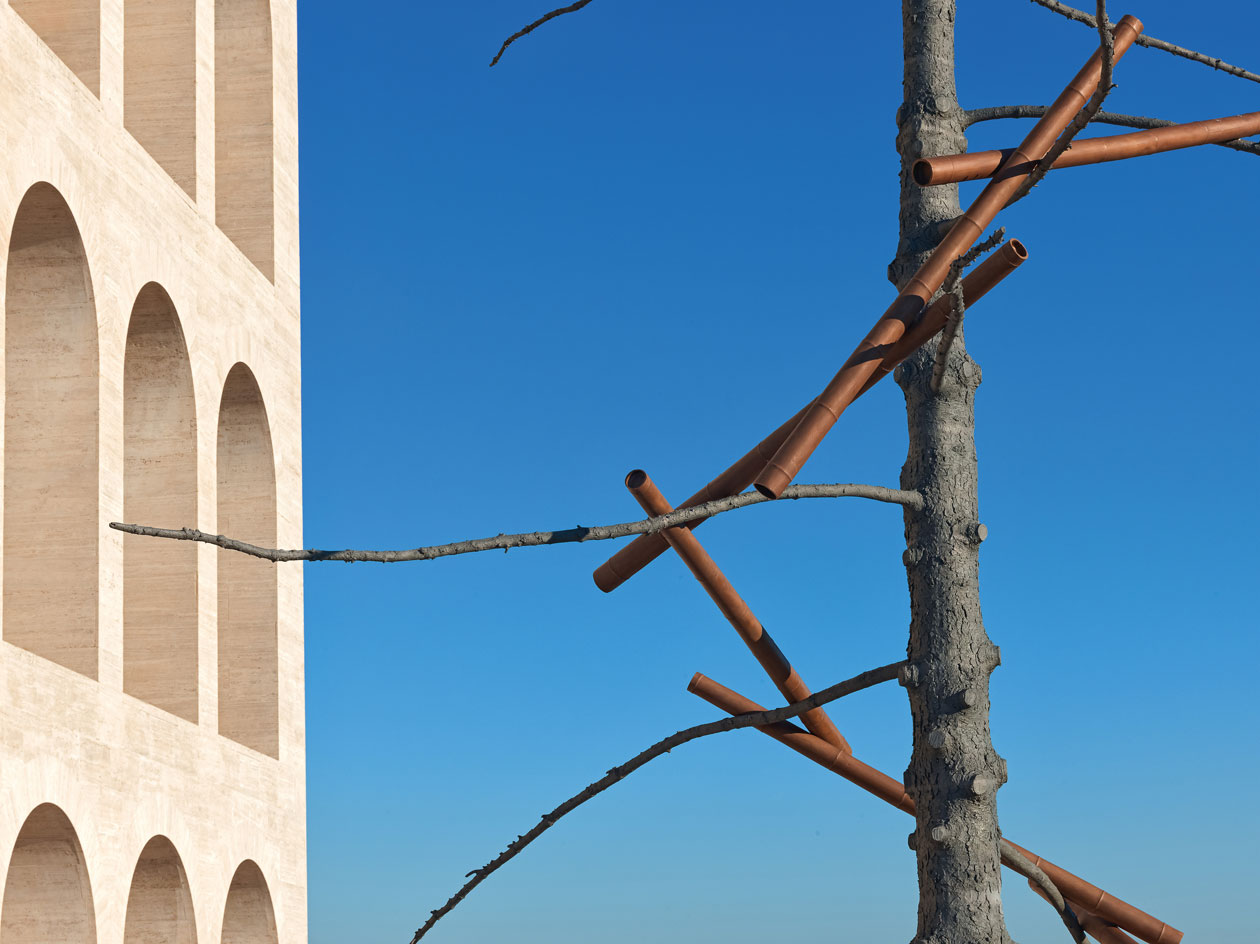
’Abete’, 2013
The show, entitled ‘Matrice’ and curated by former Venice Biennale director and the New Museum’s artistic director Massimiliano Gioni, features work from across Penone’s career, historical pieces displayed alongside artworks created specifically for the exhibition. As well as the imposing Palazzo’s first art exhibition, it’s also Penone’s first institutional show in Rome, making it doubly auspicious.
Standing outside the Palazzo – and huge in itself despite being dwarfed by the imposing icon of fascist architecture – Abete, 2013, is an eldritch amalgam of materials, a rigid series of copper pipes spun helix-like around a spindly tree missing most of its branches – a sickly symbiosis of industrial and natural.
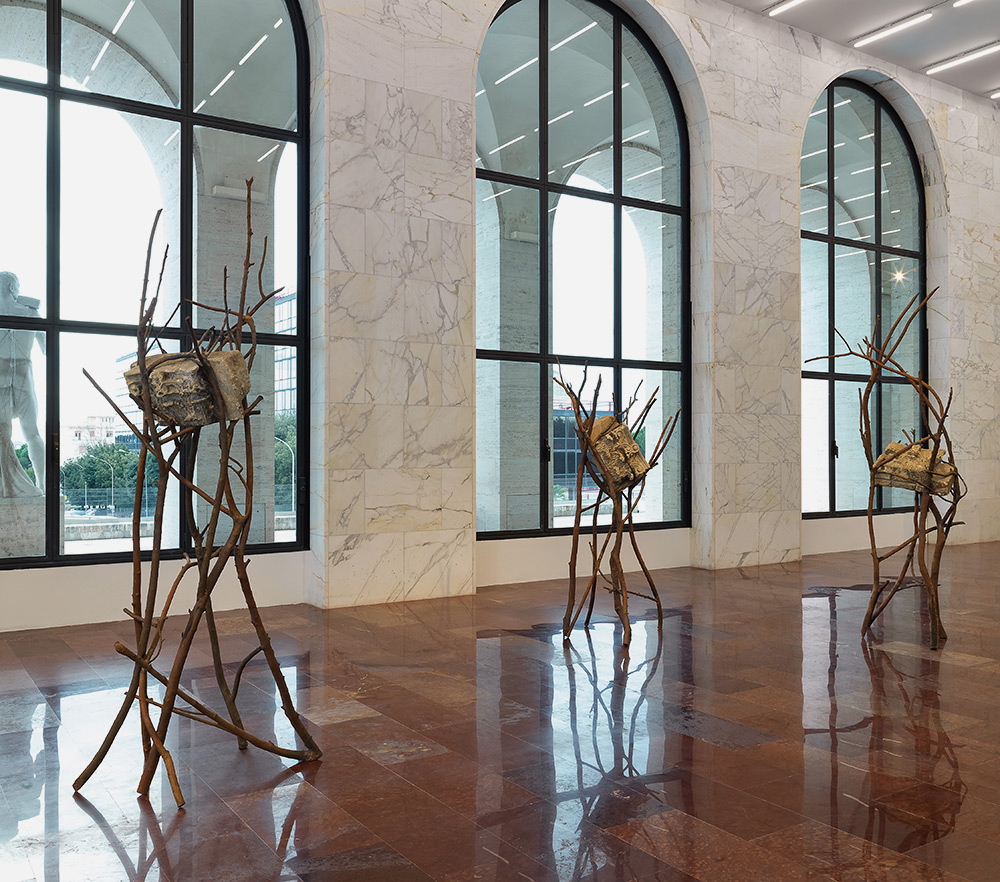
’Foglie di pietra’, 2013
The tangible juxtaposition of natural/human biology continues inside. A sizeable pile of myrtle leaves – Soffio di Foglie, 1979–2016 – is impressed with the shape of the artist’s prostrated body, an imprint both spectral and irreverent. Foglie di Pietra, 2013, comprises three simple branch structures, supporting chunks of classical masonry.
More impressive still are the collections of wooden sculptures in the second and third rooms, huge trees with branches shorn, either positioned on plinths, half-painted, hollowed out and laid horizontally or, in the case of Nel Legno's gargantuan block of larch wood from 2008, dissected so as to display the core of the tree. It’s delicate, even anatomical, redolent of the kind of human capillary systems seen in surgical collections.
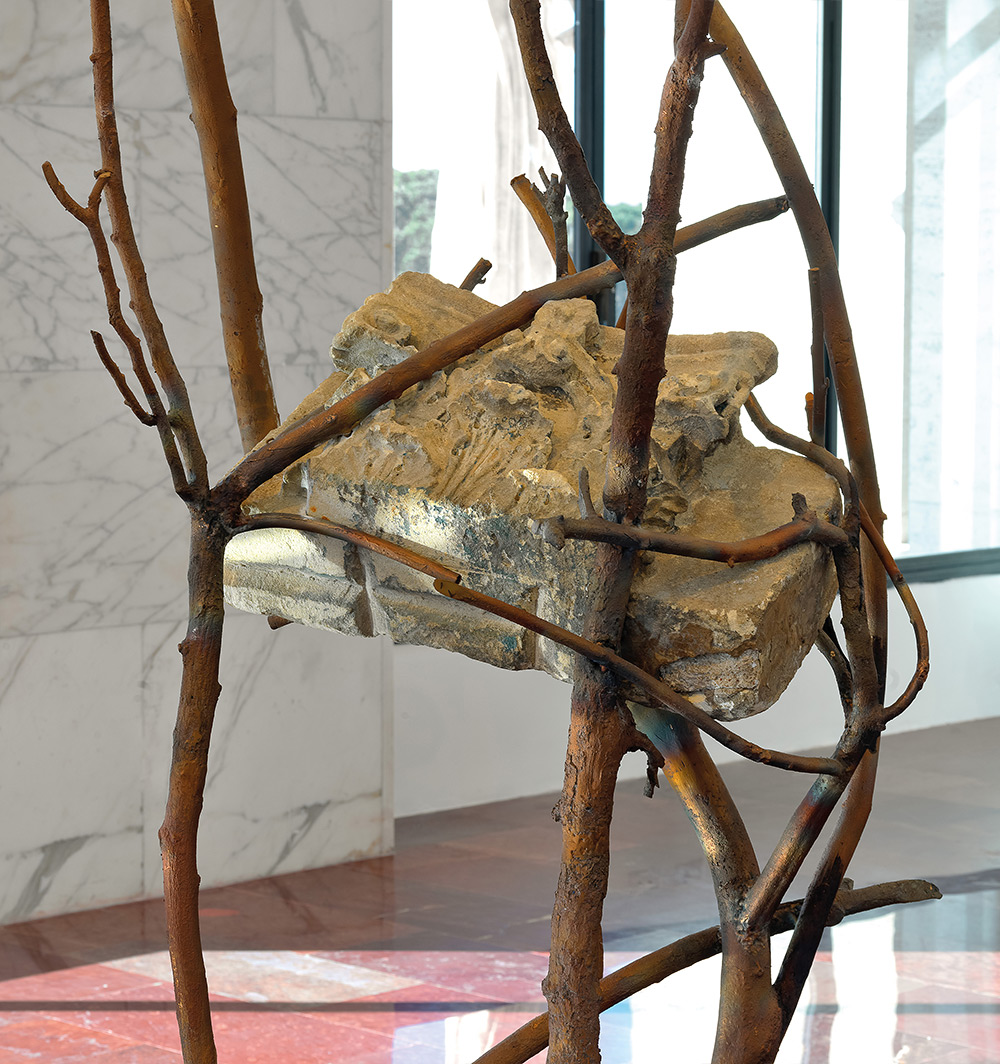
Detail of ’Foglie di pietra’, 2013
‘Works change according to the place in which they are set, they dialogue with the space and transform its perception,’ says Penone of his work. ‘Setting my works, that are born from a need of personal intimate cohesion with the reality of matter, in a place that, on the other hand, is born from a rhetoric vision of materials and culture, highlights the contrast between necessity and demagogy.’
‘The exhibition’, explains Fendi CEO Pietro Beccari, is a celebration of Penone’s predilection for ‘sublime savoir-faire and continuous dialogue between tradition and innovation’ – values shared by the luxury label.
Receive our daily digest of inspiration, escapism and design stories from around the world direct to your inbox.
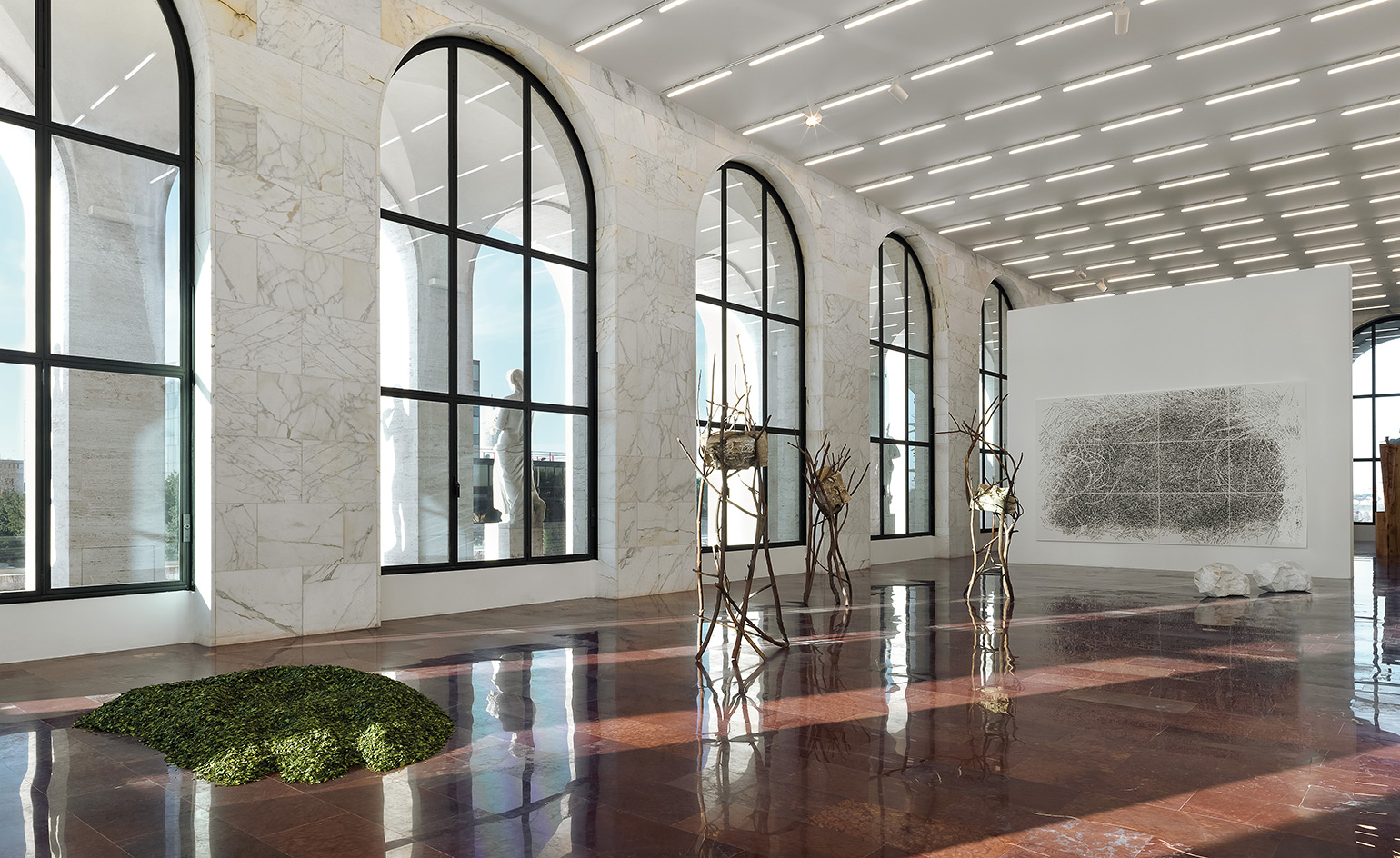
From left, Soffio di foglie, 1979–2016; Foglie di pietra, 2013; and Spine d'acacia – Cantatto, 2006
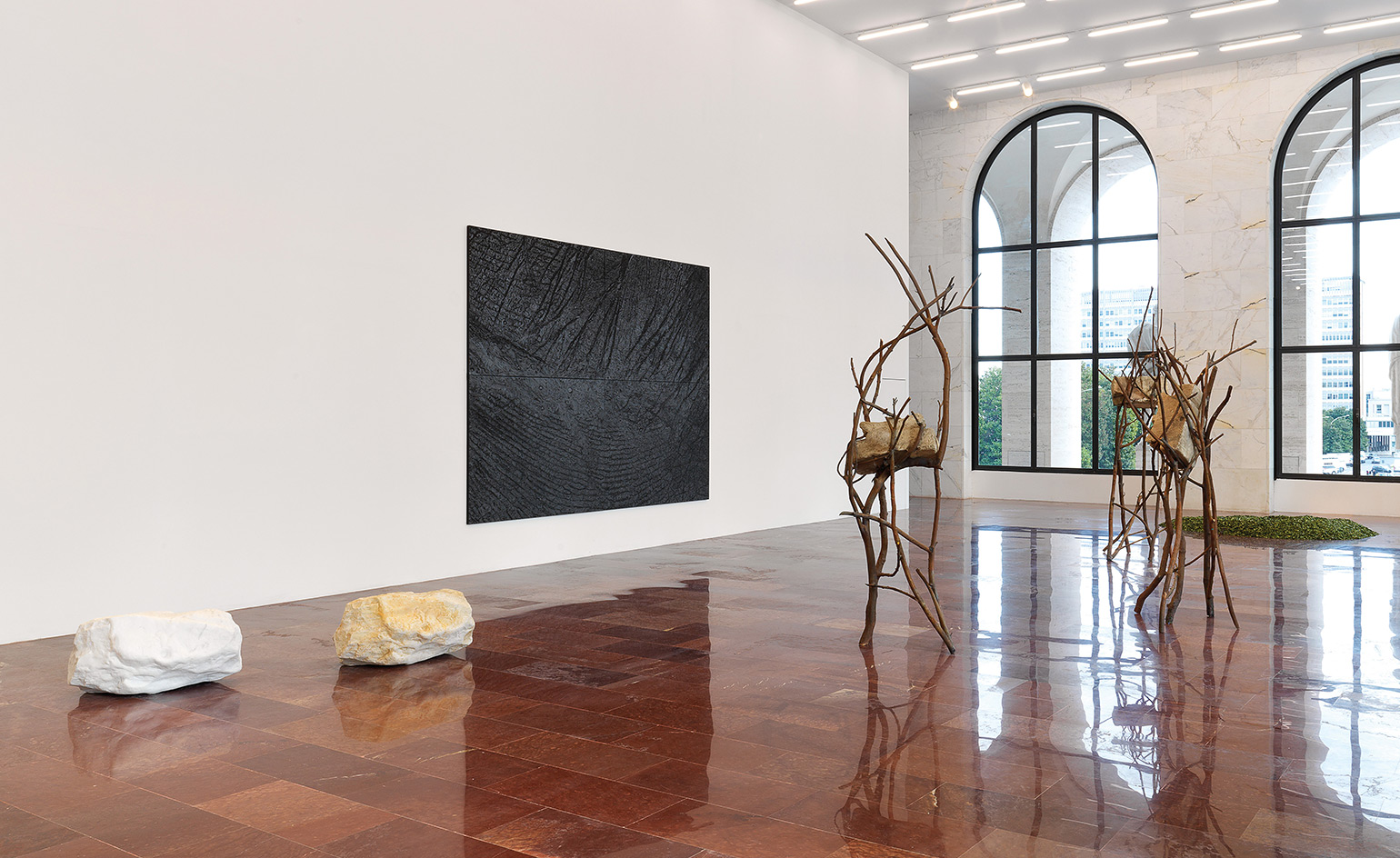
From left, Essere fiume, 2010; Pelle di grafite – riflesso di uraninite, 2006; and Foglie di pietra, 2013
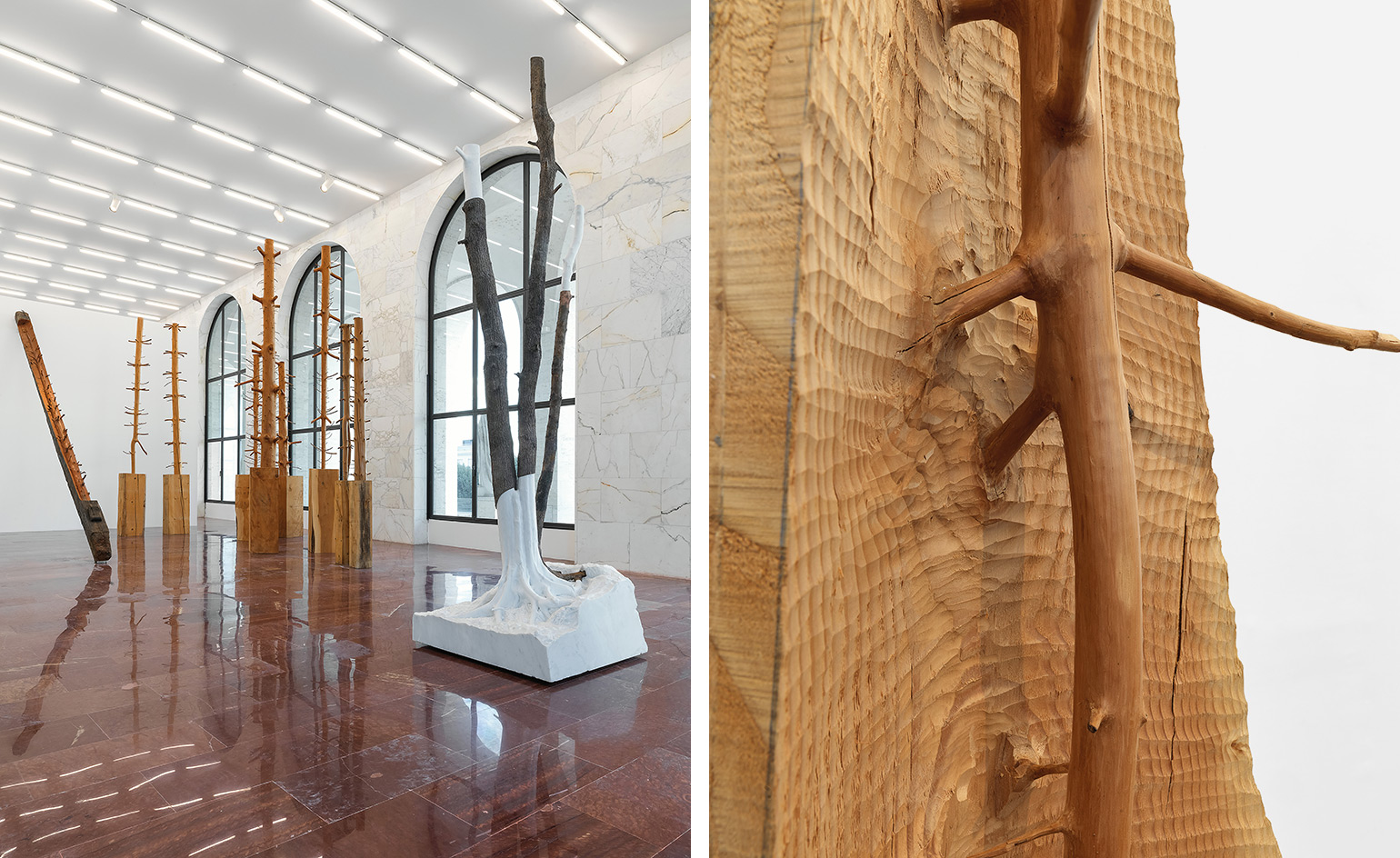
Left, Albero in torsione sinistra, 1988; Albero sculptures of different heights and dates; and Indistinti confini – Anio, 2012. Right, Nel legno (detail), 2010
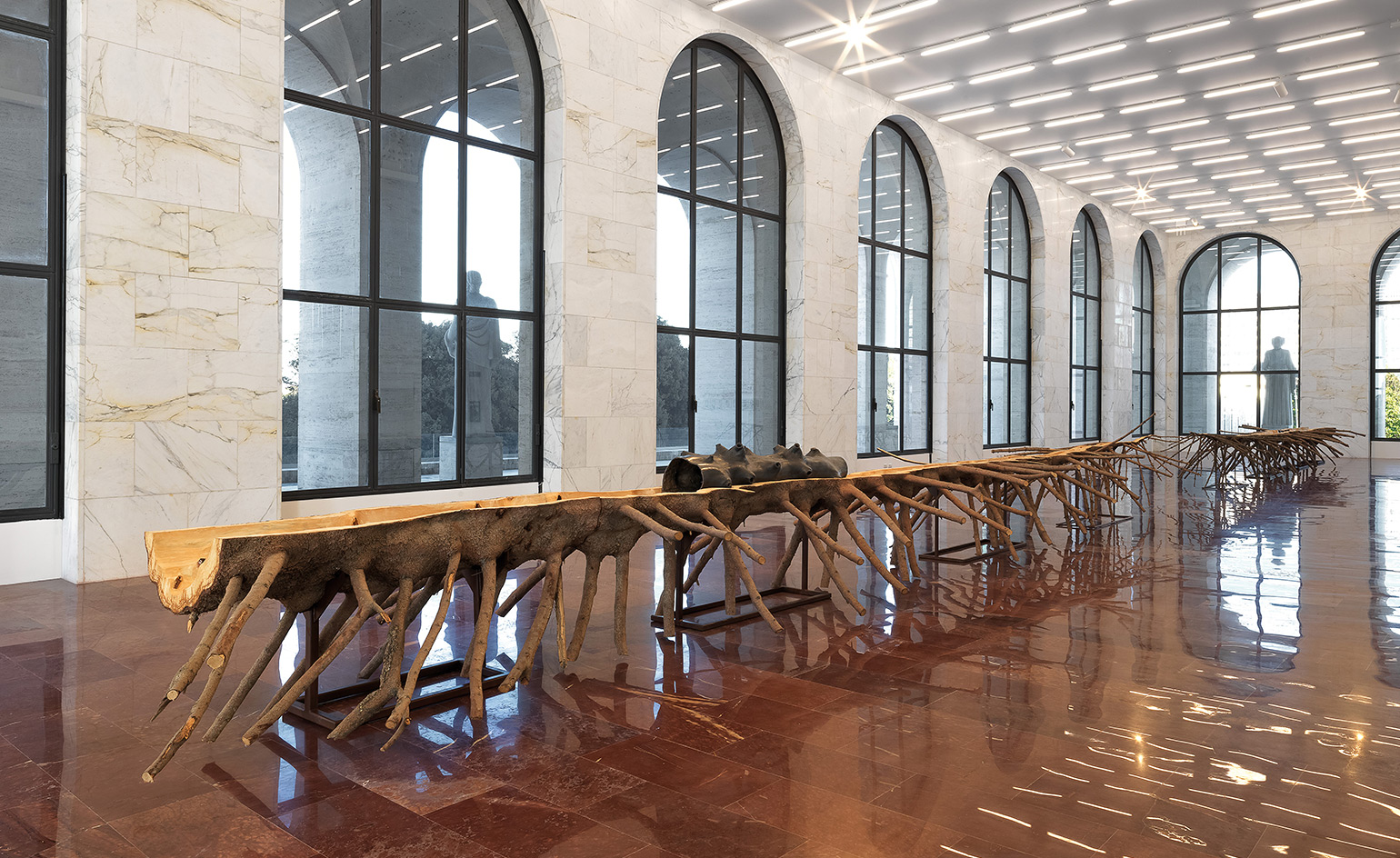
Matrice, 2015
INFORMATION
’Matrice’ is on view until 16 July. For more information, visit the Fendi website
ADDRESS
Palazzo della Civiltà Italiana
Quadrato della Concordia
00144 Rome
Tom Howells is a London-based food journalist and editor. He’s written for Vogue, Waitrose Food, the Financial Times, The Fence, World of Interiors, Time Out and The Guardian, among others. His new book, An Opinionated Guide to London Wine, will be published by Hoxton Mini Press later this year.
-
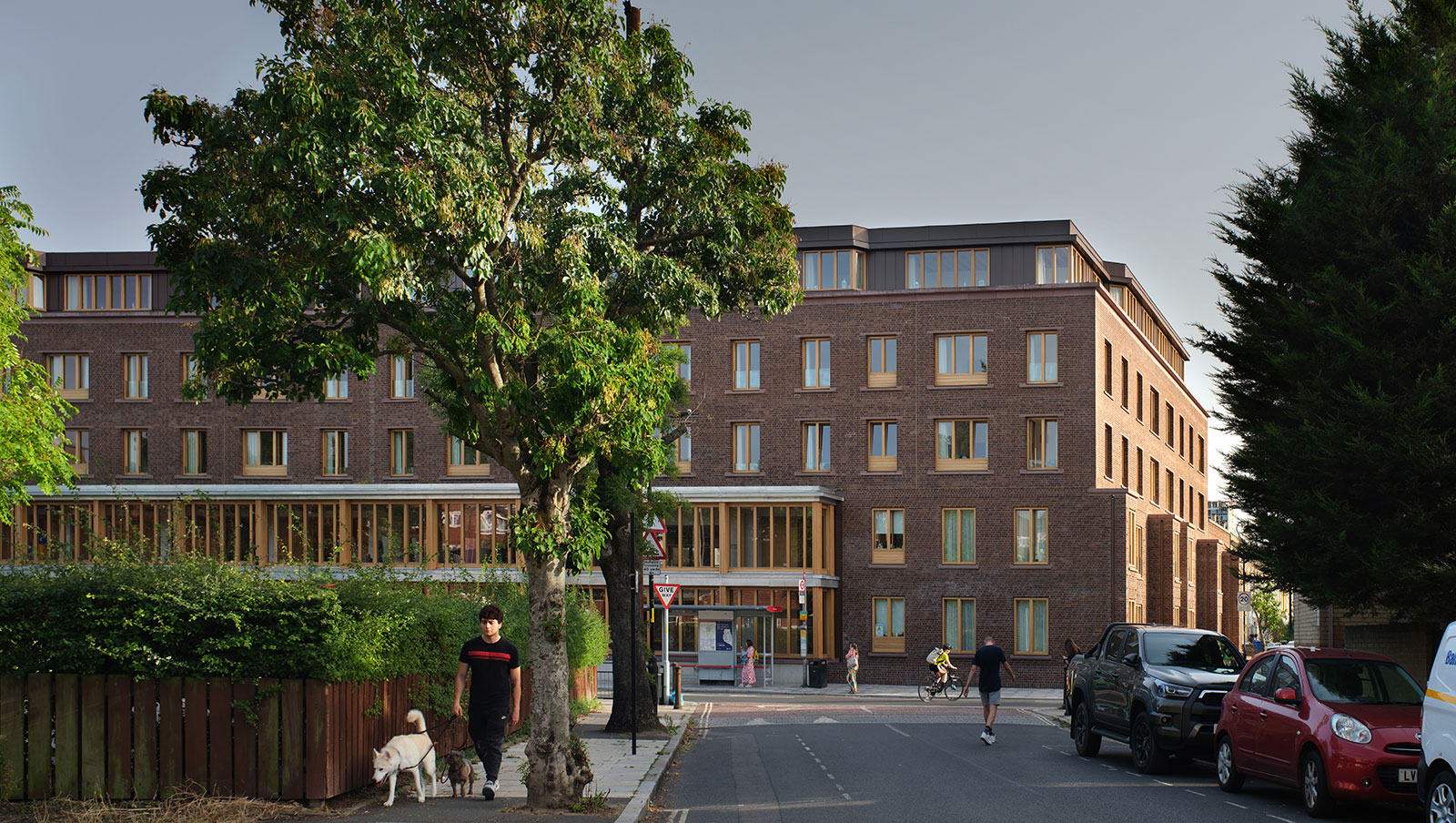 RIBA Stirling Prize 2025 winner is ‘a radical reimagining of later living’
RIBA Stirling Prize 2025 winner is ‘a radical reimagining of later living’Appleby Blue Almshouse wins the RIBA Stirling Prize 2025, crowning the social housing complex for over-65s by Witherford Watson Mann Architects, the best building of the year
-
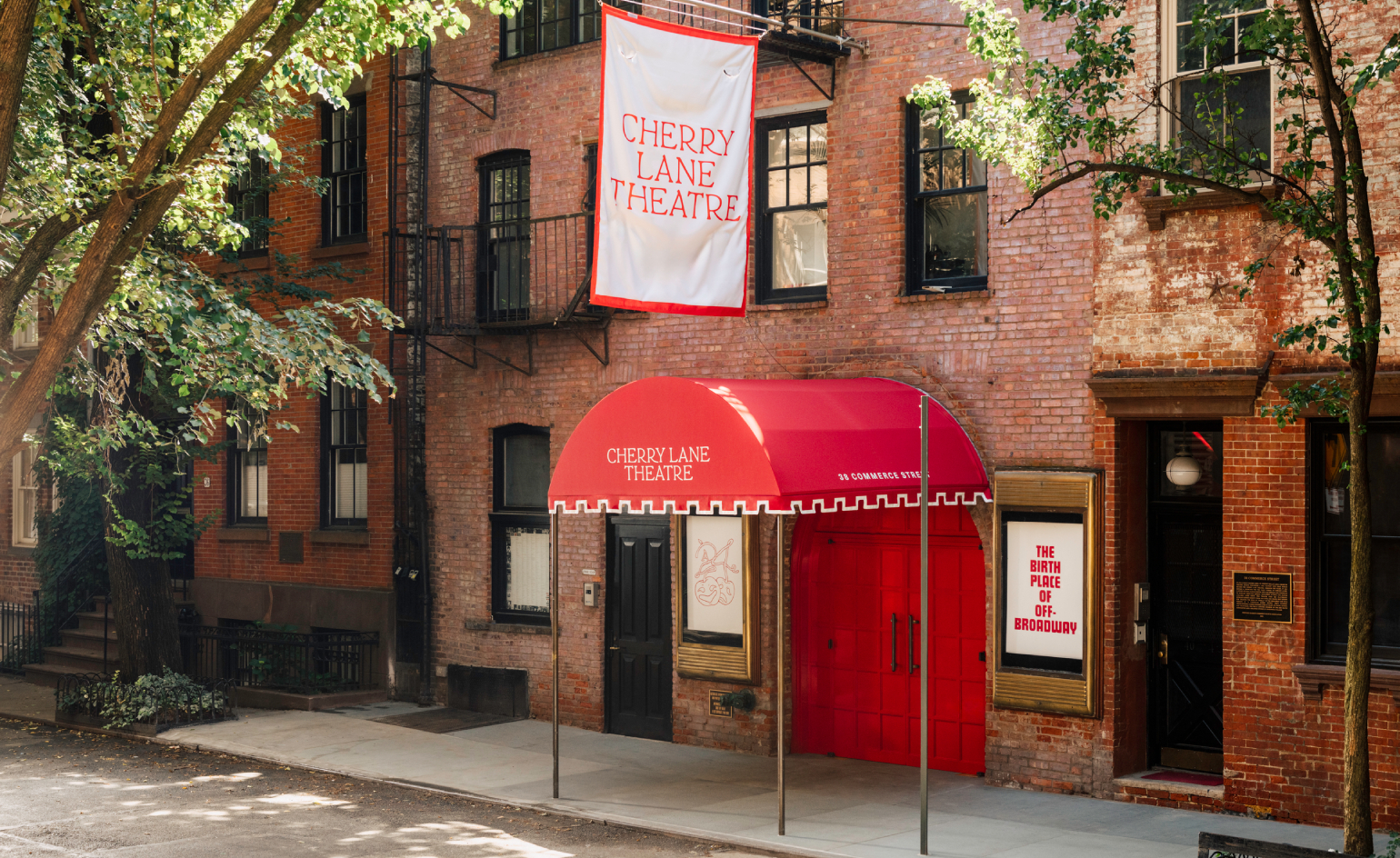 A24 just opened a restaurant in New York, and no one knows it exists
A24 just opened a restaurant in New York, and no one knows it existsHidden in the West Village, Wild Cherry pairs a moody, arthouse sensibility with a supper-style menu devised by the team behind Frenchette
-
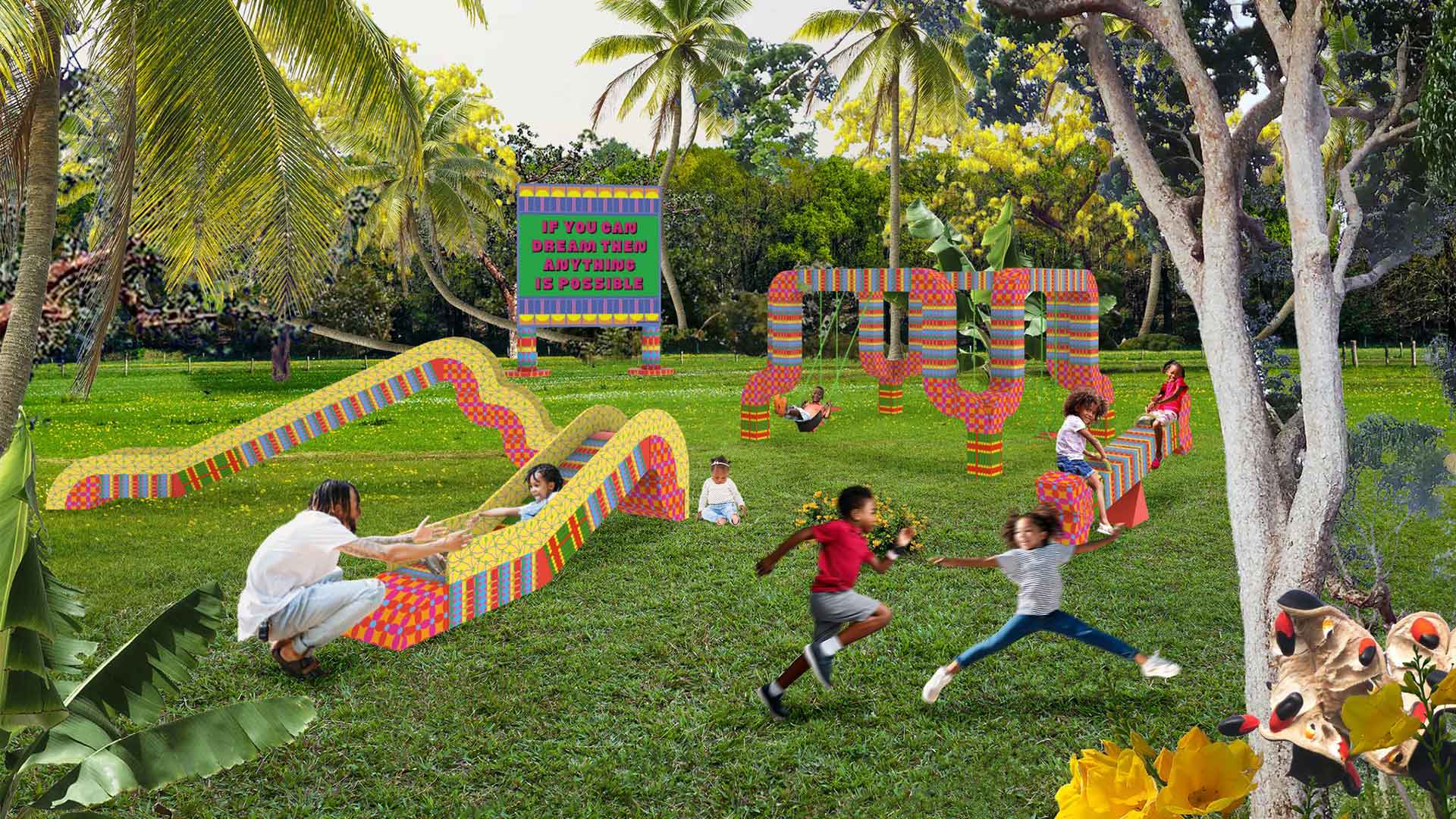 Yinka Ilori’s new foundation is dedicated to play and joy: ‘Play gave me freedom to dream’
Yinka Ilori’s new foundation is dedicated to play and joy: ‘Play gave me freedom to dream’Today, artist and designer Yinka Ilori announced the launch of a non-profit organisation that debuts with a playscape in Nigeria
-
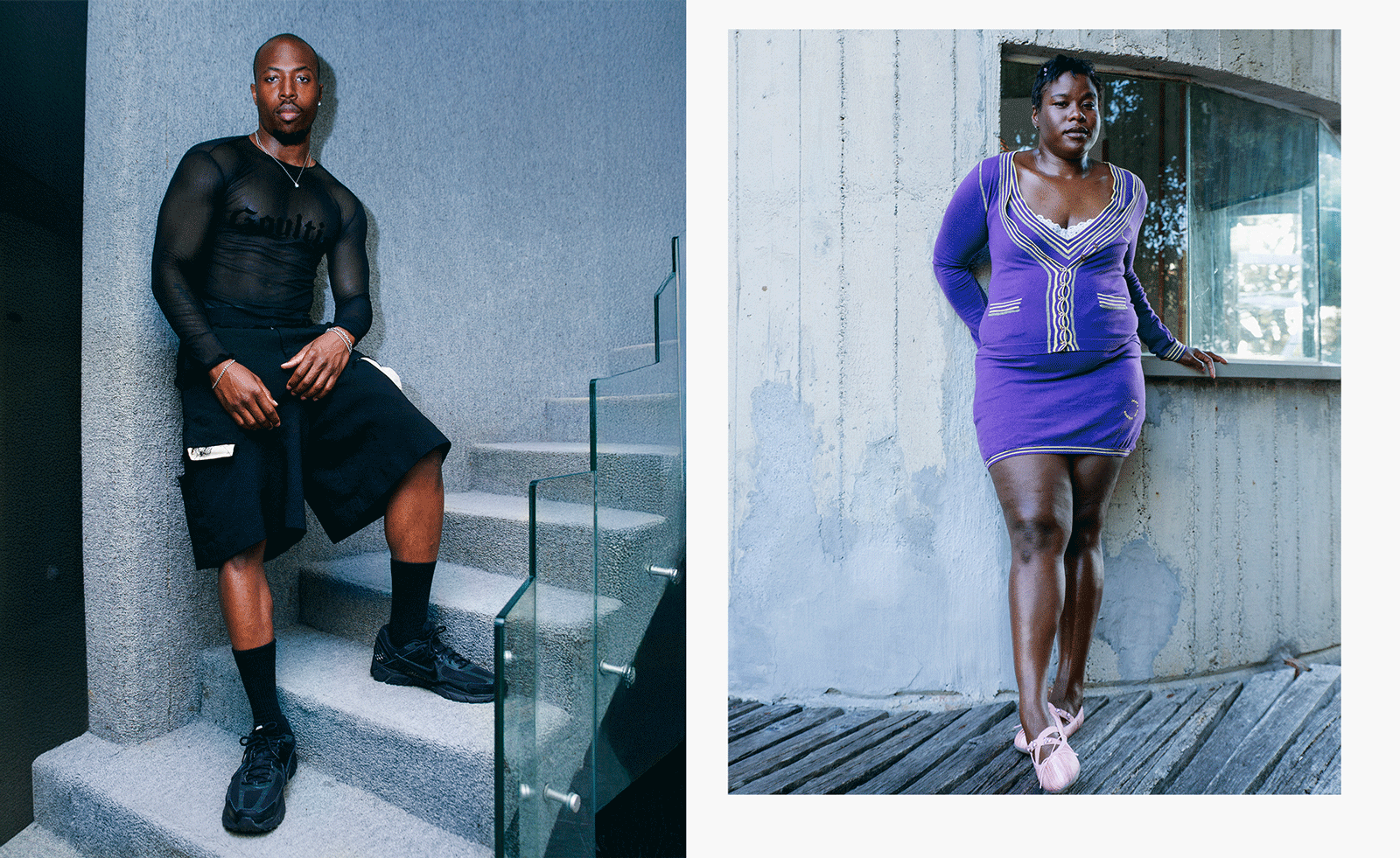 Creativity and rest reign at this Tuscan residence for Black queer artists
Creativity and rest reign at this Tuscan residence for Black queer artistsMQBMBQ residency founder Jordan Anderson sparks creativity at his annual Tuscan artist residency. Wallpaper* meets him to hear about this year's focus.
-
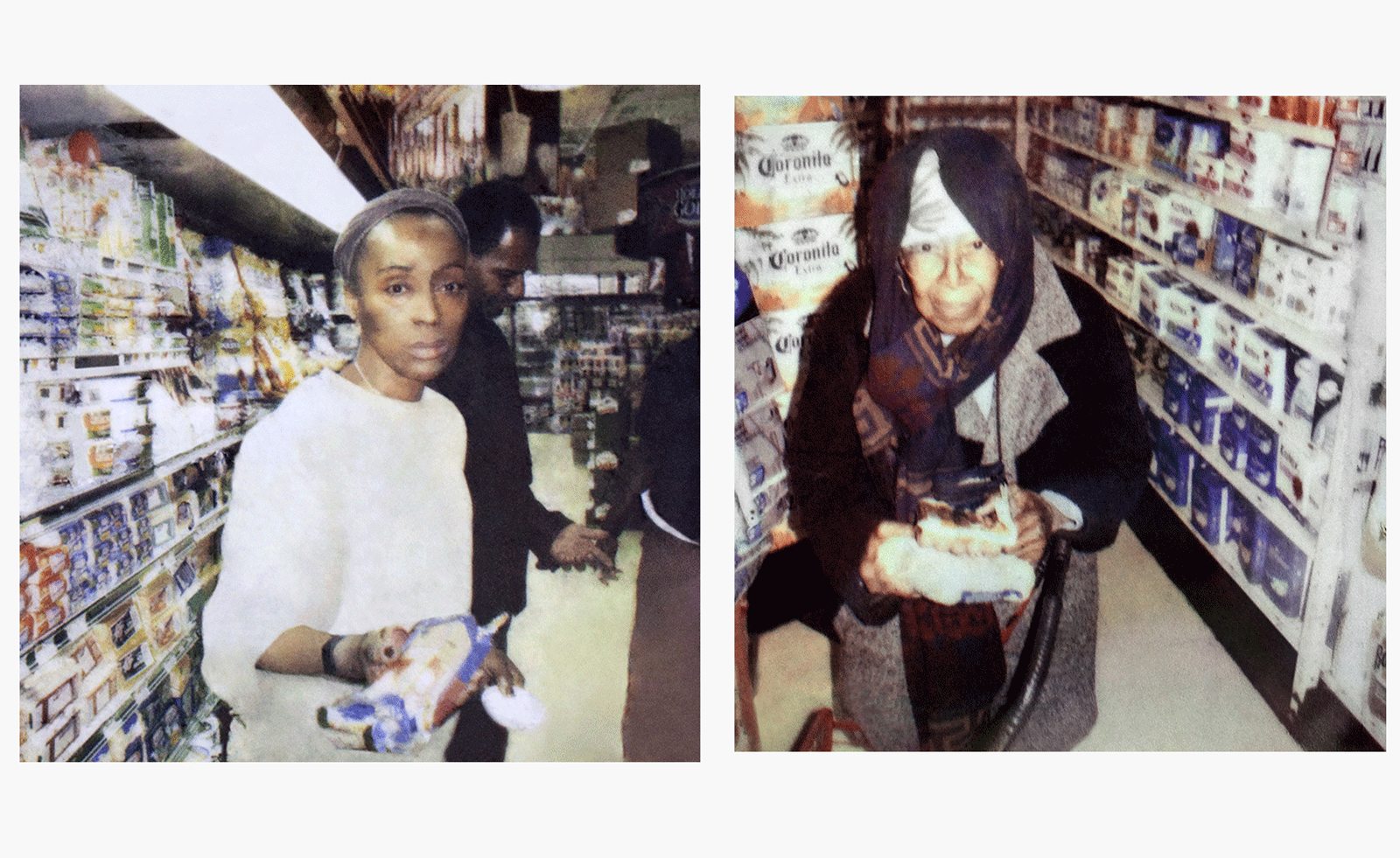 Photographer Mohamed Bourouissa reflects on society, community and the marginalised at MAST
Photographer Mohamed Bourouissa reflects on society, community and the marginalised at MASTMohamed Bourouissa unites his work from the last two decades at Bologna’s Fondazione MAST
-
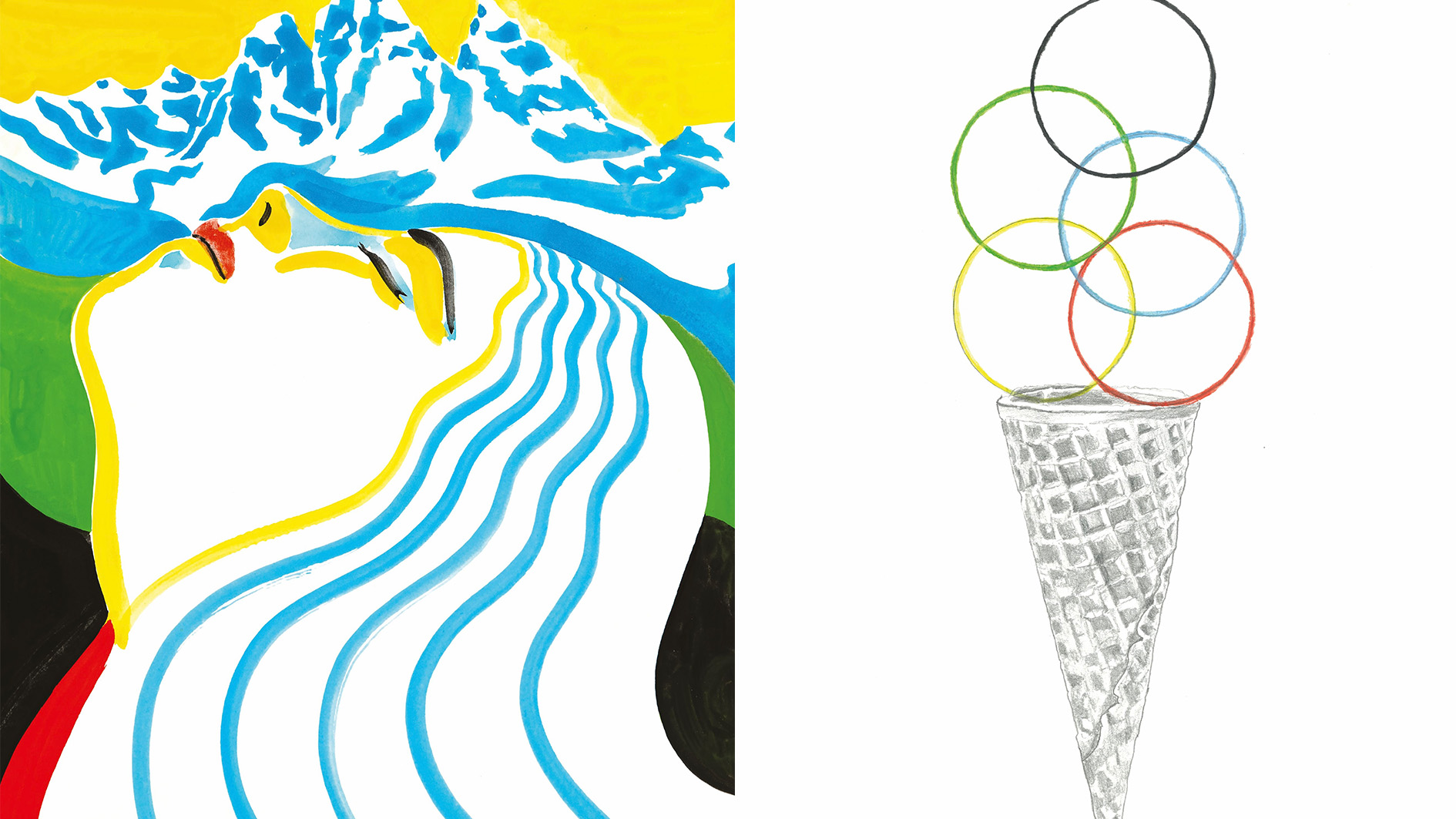 Ten super-cool posters for the Winter Olympics and Paralympics have just been unveiled
Ten super-cool posters for the Winter Olympics and Paralympics have just been unveiledThe Olympic committees asked ten young artists for their creative take on the 2026 Milano Cortina Games
-
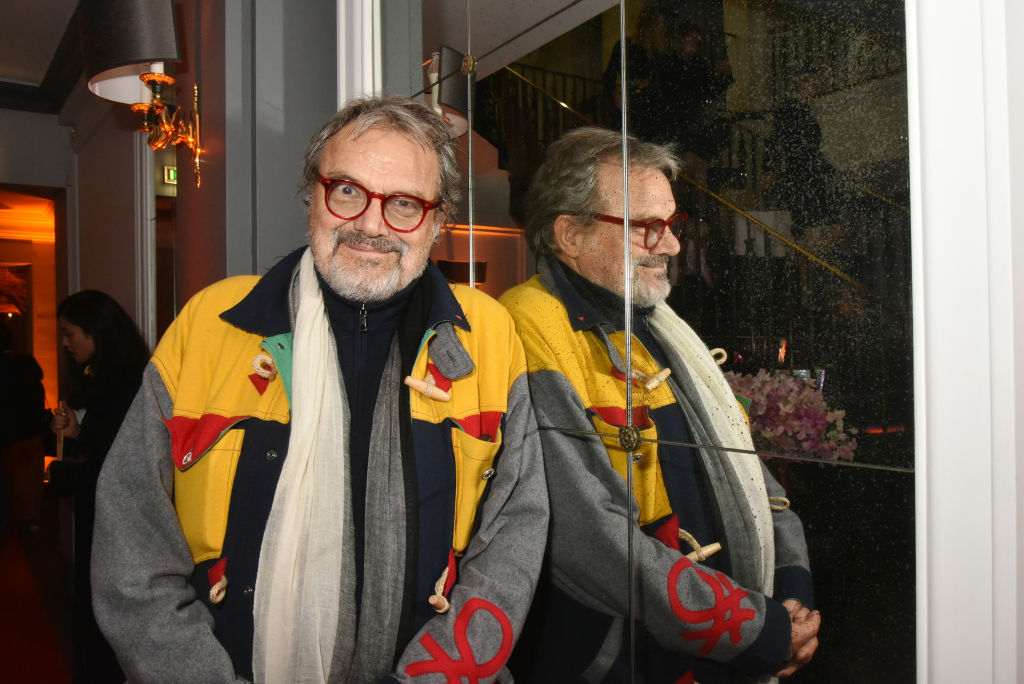 Remembering Oliviero Toscani, fashion photographer and author of provocative Benetton campaigns
Remembering Oliviero Toscani, fashion photographer and author of provocative Benetton campaignsBest known for the controversial adverts he shot for the Italian fashion brand, former art director Oliviero Toscani has died, aged 82
-
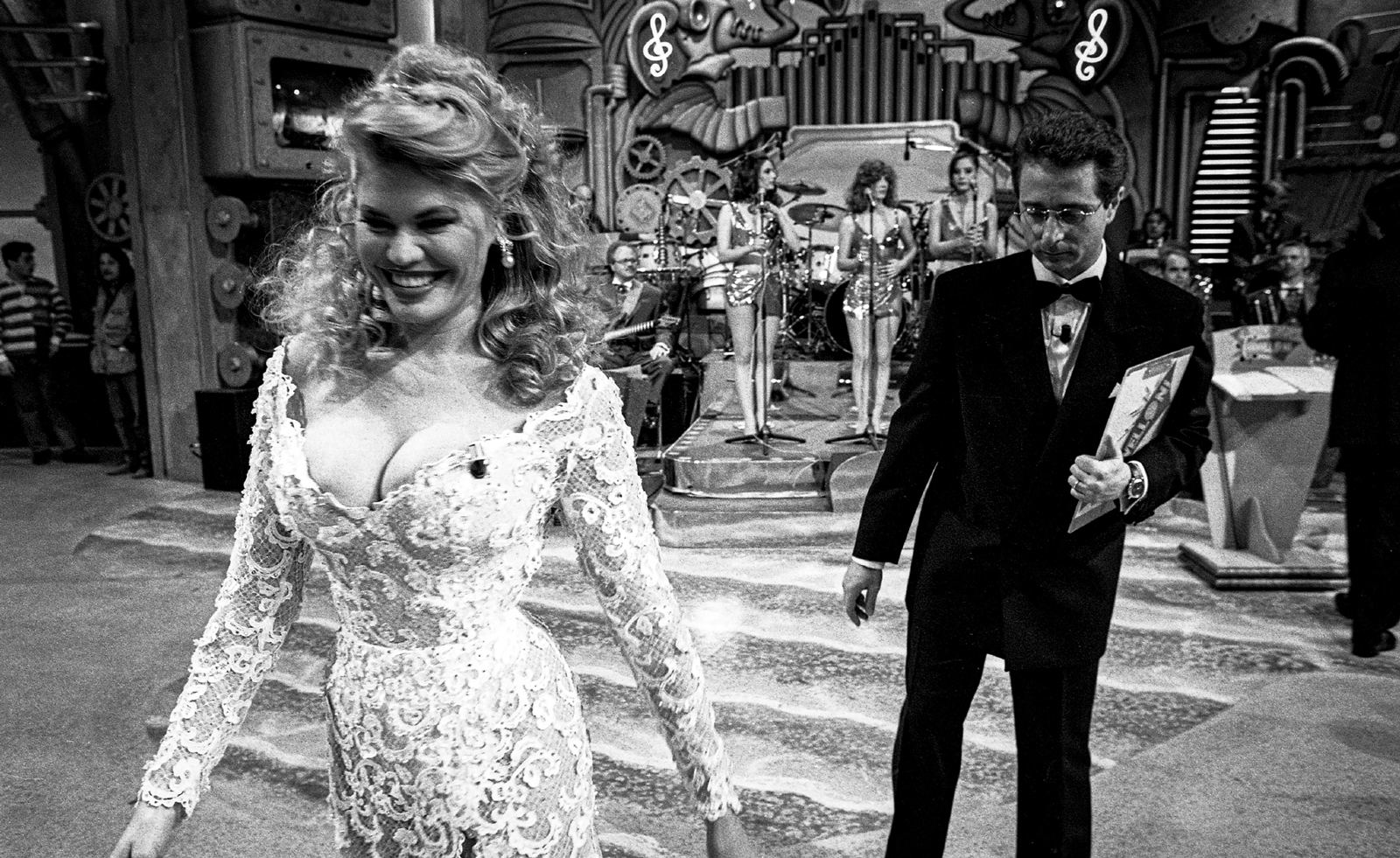 Distracting decadence: how Silvio Berlusconi’s legacy shaped Italian TV
Distracting decadence: how Silvio Berlusconi’s legacy shaped Italian TVStefano De Luigi's monograph Televisiva examines how Berlusconi’s empire reshaped Italian TV, and subsequently infiltrated the premiership
-
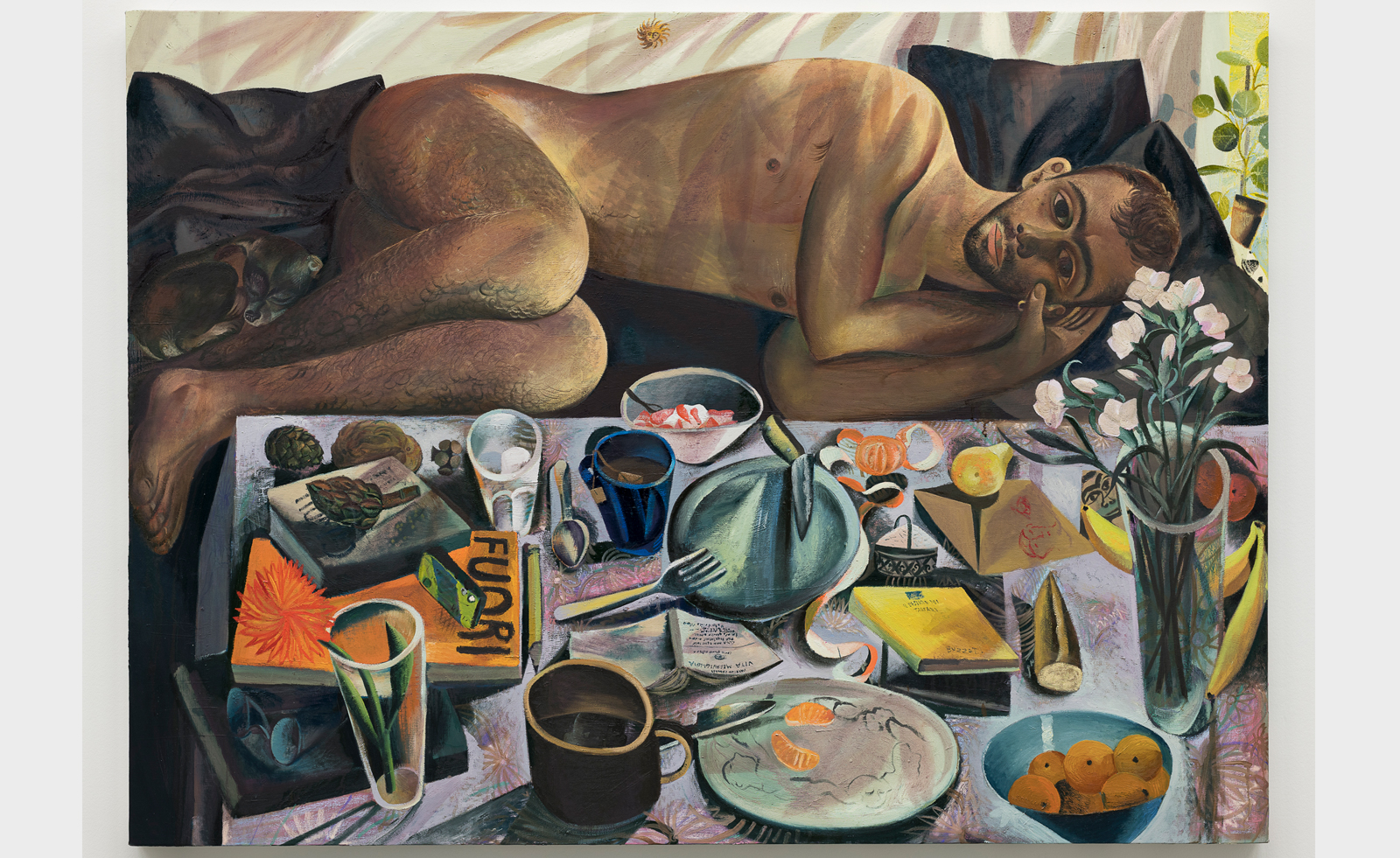 Louis Fratino leans into queer cultural history in Italy
Louis Fratino leans into queer cultural history in ItalyLouis Fratino’s 'Satura', on view at the Centro Pecci in Italy, engages with queer history, Italian landscapes and the body itself
-
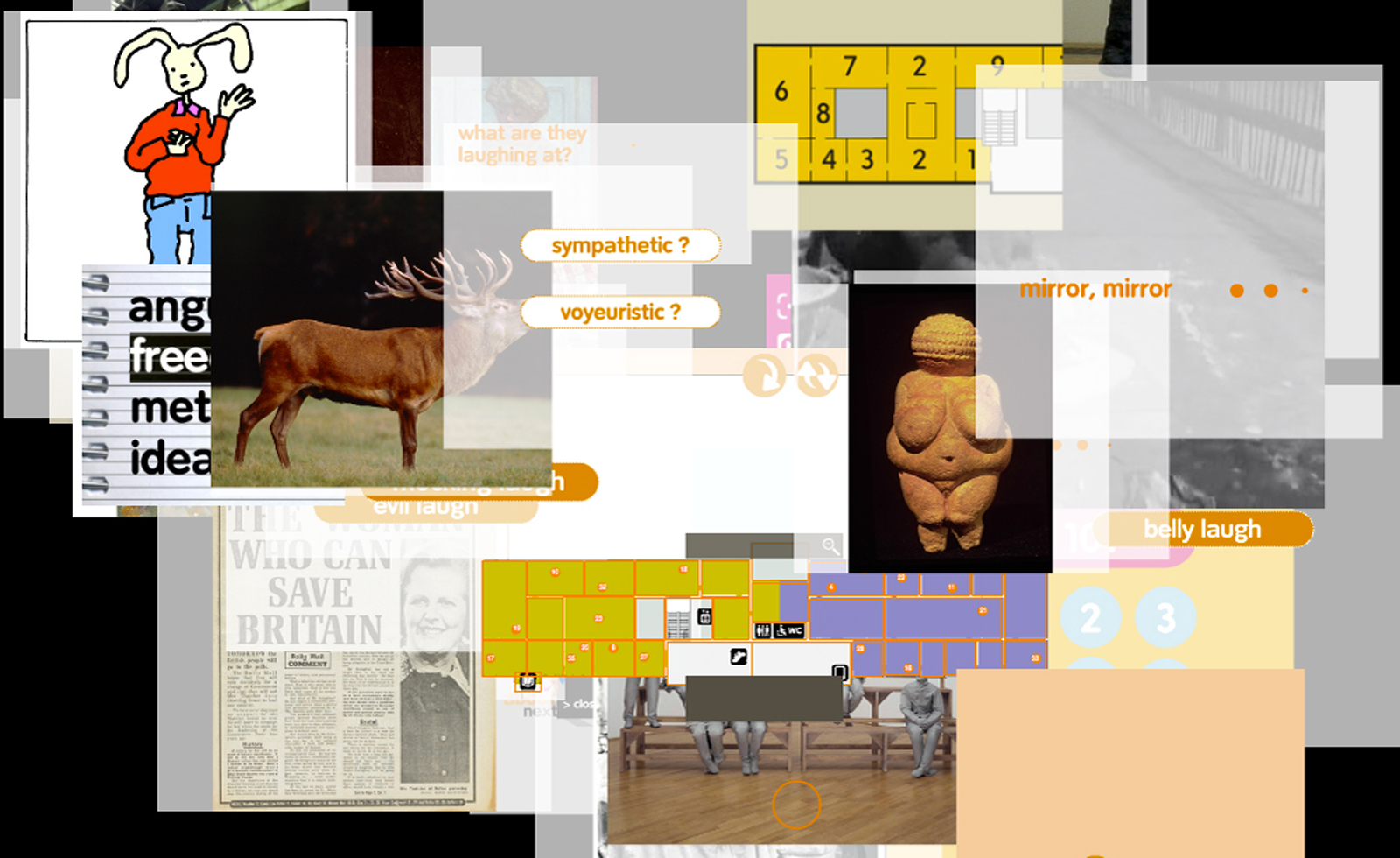 ‘I just don't like eggs!’: Andrea Fraser unpacks the art market
‘I just don't like eggs!’: Andrea Fraser unpacks the art marketArtist Andrea Fraser’s retrospective ‘I just don't like eggs!’ at Fondazione Antonio dalle Nogare, Italy, explores what really makes the art market tick
-
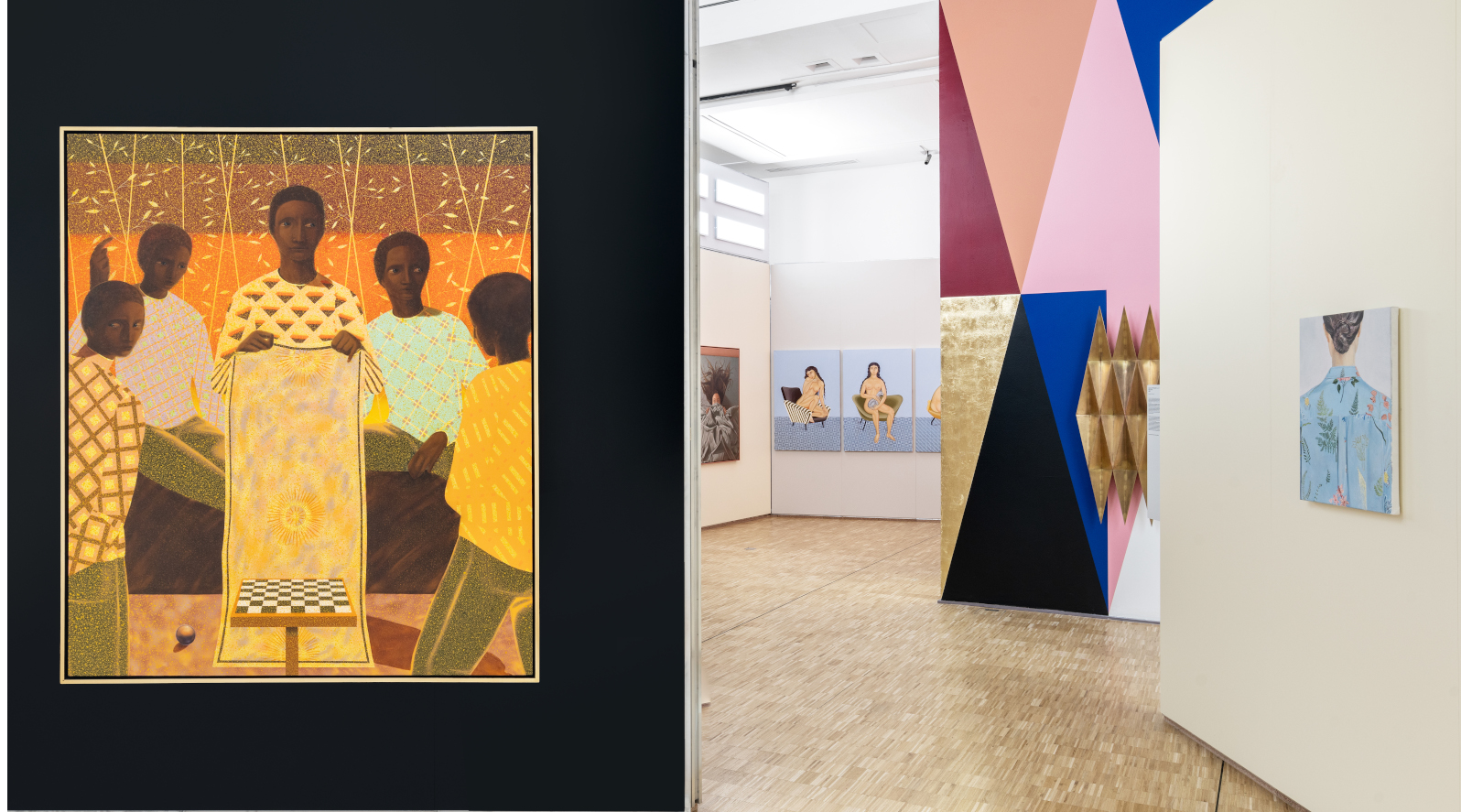 Triennale Milano exhibition spotlights contemporary Italian art
Triennale Milano exhibition spotlights contemporary Italian artThe latest Triennale Milano exhibition, ‘Italian Painting Today’, is a showcase of artworks from the last three years